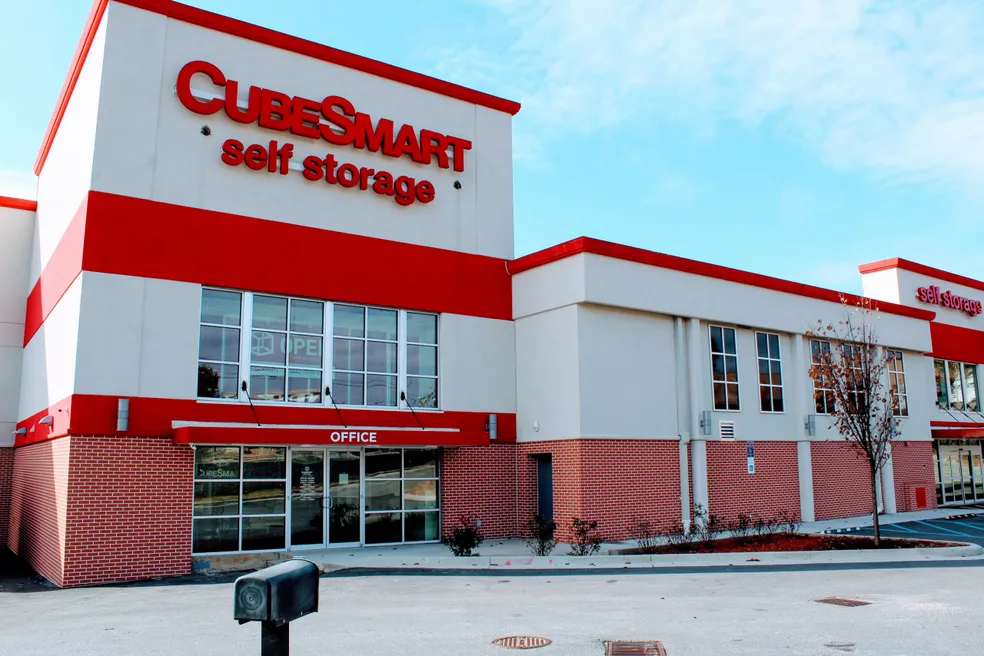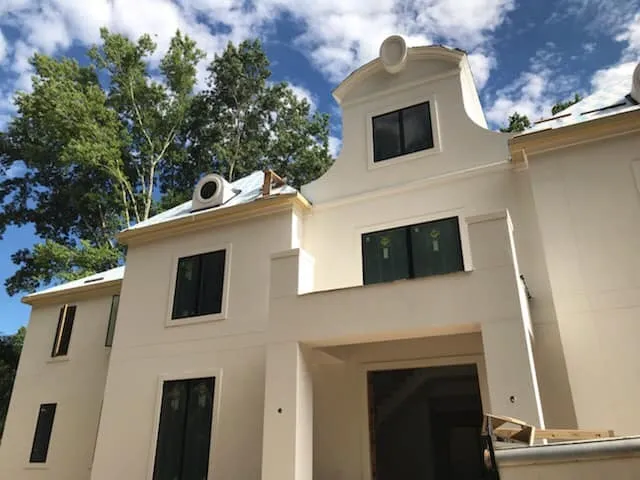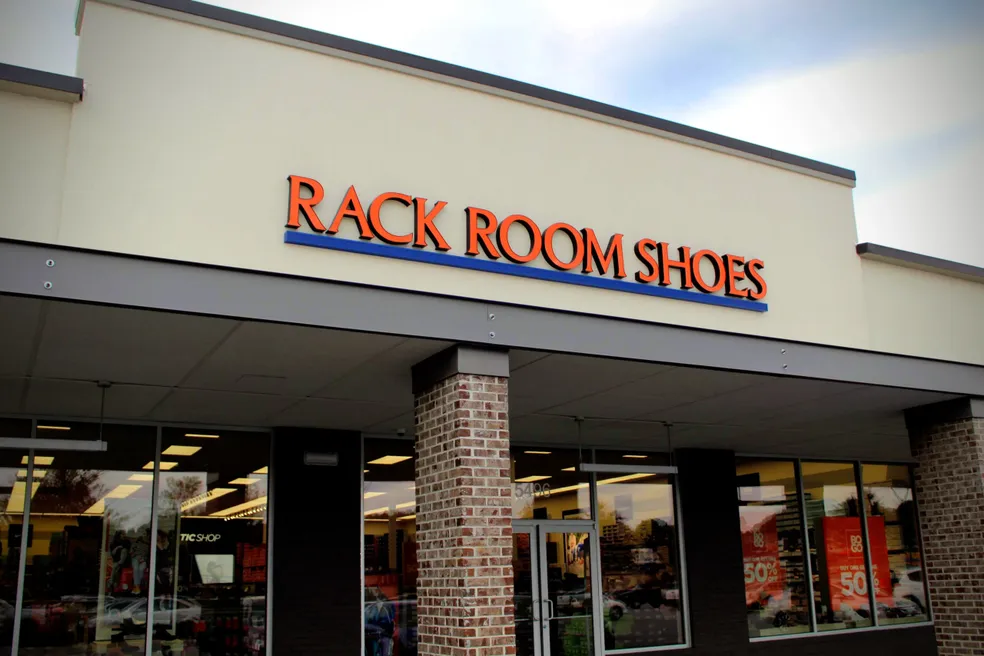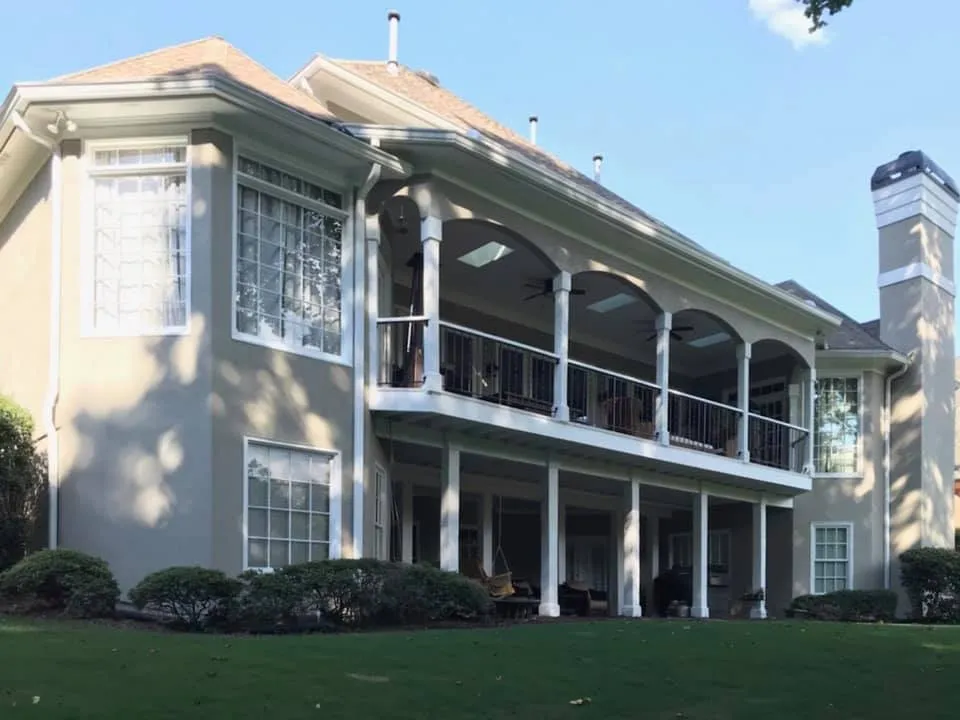Leak Detection
Uncover hidden leaks in your commercial infrastructure with our sophisticated fluid escape identification system, ensuring the longevity of your property and preventing costly damages, while also offering Advanced Stucco Repair for comprehensive building maintenance.
Have a question before scheduling?
Expert Stucco Installation & Repair for Homes and Businesses in Georgia
Experience predictable project costs with transparent pricing – materials, labor, and cleanup included. Proudly serving Georgia for over 24 years.
- Clear, upfront pricing with no hidden fees or surprises
- Prompt, local service—flexible scheduling for both homeowners and builders.
- Expert stucco installation and repair for commercial and residential properties.
- Clean, professional work zones with respect for your property and timeline.
- Easy estimates and communication with a responsive local team.
- Quality craftsmanship that meets local codes and enhances long-term value.

Our Stucco Process: What to Expect From Start to Finish
Request Your Quote
Tell us about your project – residential or commercial – and we’ll provide a detailed, no-obligation estimate with clear timelines.
On-Site Evaluation
We inspect the property to assess existing surfaces, moisture control, and project scope to ensure accurate pricing and flawless results.
Material Selection & Preparation
We help you choose the right stucco type, texture, and color for your building, then prep the surface for proper adhesion and durability.
Expert Application
Our licensed team applies each layer with precision — from scratch coat to finish coat — ensuring consistency, strength, and visual appeal.
Curing & Quality Inspection
After application, we allow proper curing time and perform a full quality check to confirm color uniformity, adhesion, and finish integrity.
Cleanup & Final Walkthrough
We leave the site clean and conduct a final walkthrough with you to guarantee satisfaction before closing out the project.
Unveiling Hidden Leaks: A Necessity for Commercial Properties
Our commercial Leak Detection services utilize cutting-edge technology such as infrared leak inspection and pipe leak sensors to identify and rectify hidden leaks. By addressing these issues early, we help safeguard your property from potential structural damage and unnecessary expenses. Don’t let a minor leak turn into a major problem – contact us today.
- Early detection of water leaks can prevent extensive property damage and save on repair costs.
- Infrared inspections offer a non-invasive method to locate hidden leaks, even in hard-to-reach areas.
- Our advanced pipe leak sensors provide accurate slab leak location, ensuring precise repair work.
- We offer comprehensive leak detection services, from initial detection to final repair, for complete peace of mind.


Optimizing Leak Detection with Advanced Stucco Repair
From hospitality to healthcare, various industries face the challenge of maintaining their infrastructure while adhering to strict budgets and timelines. Advanced Stucco Repair aids in this endeavor by integrating leak detection services into its offerings. Whether it’s utilizing water leak detection in a hotel’s plumbing system or employing infrared leak inspection in a hospital’s HVAC system, we help clients choose the most effective approach to protect their property.
- Advanced Stucco Repair integrates modern technology like pipe leak sensors, ensuring accurate detection and minimizing disruption to your operations.
- We assist in determining the best course of action for slab leak location, reducing potential damage and saving on costly repairs.
- Our team provides guidance on when to use infrared leak inspection versus other methods, optimizing results while adhering to your budget constraints.
- With our comprehensive services, you can confidently manage your property’s maintenance knowing that potential leaks will be promptly addressed.
Reaping the Rewards of Efficient Leak Detection
By leveraging our leak detection services, you can ensure the structural integrity of your property, reduce downtime due to unexpected repairs, and maintain a consistent budget. Our approach prioritizes safety and efficiency, minimizing disruption to your daily operations.
- Our water leak detection methods help preserve the structural stability of your property by preventing water damage.
- With our slab leak location technology, we can quickly identify and address issues, reducing operational downtime.
- Pipe leak sensors allow for continuous monitoring and immediate response to potential problems, enhancing safety measures.
- Infrared leak inspection aids in detecting hidden issues early on, promoting cost-effective maintenance and repair strategies.

Take Action for Leak-Free Infrastructure
Don’t wait for leaks to escalate. Contact us now for a tailored quote on our comprehensive leak detection services, including infrared leak inspection.
Our dedicated team at Advanced Stucco Repair is at-the-ready to provide you with great customer service and first class Leak Detection. Reach out to us at (888) 592-1304 to discuss your Leak Detection needs today!

Delving Deeper into Our Leak Detection Techniques
Our approach to leak detection combines state-of-the-art technology with industry best practices. We utilize a combination of tools, including infrared thermography for identifying temperature anomalies and acoustic sensors for pinpointing the source of leaks within your infrastructure. This comprehensive approach ensures we can accurately locate and address any potential issues before they escalate.
- Infrared thermography allows us to detect temperature differences that may indicate a hidden leak, providing an early warning system for potential issues.
- Acoustic sensors are used to identify the exact location of a leak, even within complex plumbing networks, ensuring targeted repairs.
- We employ a systematic process that includes initial detection, detailed analysis, and precise repair work, providing a comprehensive solution for your property’s needs.
- Our team is trained in the use of these advanced tools and techniques, ensuring efficient and effective service delivery.
- We prioritize minimal disruption to your operations during the leak detection process, maintaining your business continuity.
Understanding the Cost Factors of Leak Detection Services
Estimating the cost of leak detection services involves several variables including the complexity of your property’s plumbing network, accessibility to the leak location, potential risks associated with the repair, required equipment, and labor hours. Compliance with industry standards and market conditions may also influence pricing. Remember, quotes are tailored to your specific site needs and can be influenced by factors such as the use of infrared leak inspection or pipe leak sensors.
- The intricacy of your plumbing system can impact the time and resources needed for effective leak detection.
- Accessibility issues, such as leaks located in hard-to-reach areas, may require specialized equipment or techniques, affecting cost.
- Risk factors associated with repairs, such as potential structural damage or safety hazards, can influence pricing.
- Compliance requirements with industry standards and regulations may necessitate additional procedures that could affect costs.
- Market conditions including labor rates and equipment costs can fluctuate, impacting the overall price of services.


Addressing Commercial Needs Through Leak Detection
In a bustling restaurant, unnoticed water leaks can lead to costly kitchen repairs. In a high-rise office building, undetected leaks can compromise the structural integrity over time. In a hospital, even minor leaks can disrupt essential services. Leak Detection is key in these scenarios to prevent major issues.
- A restaurant’s kitchen may require frequent leak checks.
- Office buildings benefit from regular infrastructure inspections.
- Hospitals need immediate leak detection to ensure service continuity.
- Industrial facilities use leak detection to prevent operational disruptions.
Our Comprehensive Approach to Leak Detection
Our process begins with a thorough evaluation of your commercial property, identifying potential areas of concern. We then create a customized plan that includes scheduling, safety measures, and the use of advanced tools such as infrared leak inspection and pipe leak sensors. This proactive approach allows us to address leaks efficiently while minimizing disruption to your operations.
- We start with an in-depth site assessment to identify potential leak-prone areas.
- A custom plan is developed, outlining the scope of work and scheduling considerations.
- Safety measures are put in place to ensure minimal disruption during the detection process.
- Advanced tools like infrared leak inspection and pipe leak sensors are utilized for accurate detection.
- Upon completion, a detailed report is provided documenting our findings and any necessary repairs.

Testimonials From Our Customers
At Advanced Stucco Repair, we believe that every exterior matters. Home and business owners trust us for expert stucco installation, repairs, and maintenance—whether it’s a single-family residence or a commercial building. We focus on dependable service, clear communication, and results that last.

Frequently Asked Questions on Leak Detection
Here, we address common inquiries about our leak detection services and the technologies we employ to ensure the safety and integrity of your commercial property.
